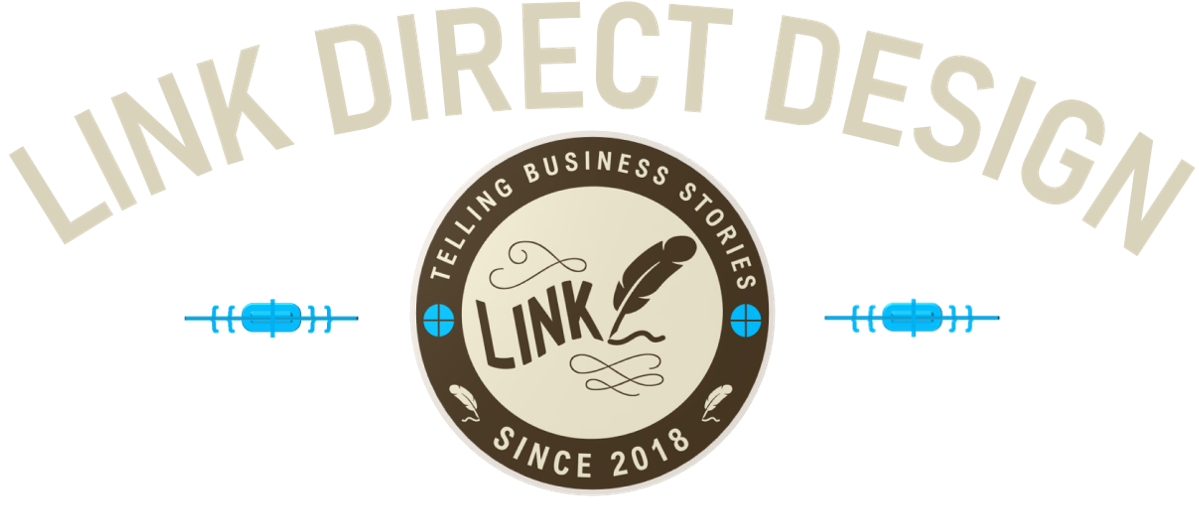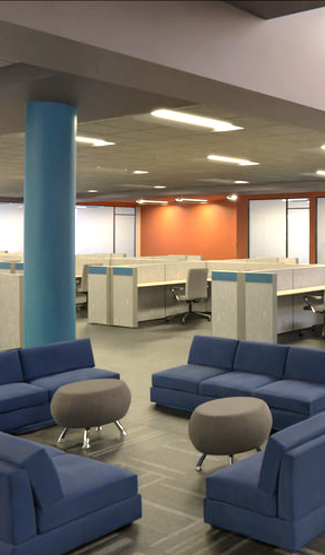Ten Alternatives to Stock Photography on Your Site
Photographs you generate can be more engaging on your website. And it may be easier than you think.
Stock photography has now been a go-to option for marketing for decades. It is easy, there is a ton of it on scores of sites, and you can move on to the next item on your checklist faster, right? Well, hold on. Stock photography, however, is not seen as authentic by many in your audience. For that reason, it can’t make a very good connection with visitors, prospects, buyers, clients or customers. Does putting something fake in front of your audience create the kind of relationship you intend to promote? Using other types of photography in your mix can make big improvements without a big expense, and a surprisingly limited amount of effort. All you need is a go-to person with a good eye for composition, focus and visual storytelling.
For more thoughts on using real photos for real engagement, see our related blog. In the interim, here are ten photo categories you can also consider when you are populating your website or brochure with images.
PHOTO STYLES YOU GENERATE THAT ARE MORE ENGAGING THAN “STOCK”
1 - Obvious Stock Photography
Okay, we lied. This first one on the list is the one you should actually use a little less of. These two guys are walking past a building nobody in your sales area has ever seen and one is wearing an out-of-style jacket. Your target audience may not be convinced of too much by models just because they dressed like executives.
If you have stock photography like this on your digital platforms, or in your slide presentations or brochures, you might want to replace some of it with good options below.
2 - Stock Photo, Yes, but Somewhat Interesting Stock Photography
Nobody is likely to mistake these two for people actually using your services, products or on your staff. Unless they actually are on your staff and you run a model agency. But at least his beard is kind of cool and the composition and wall textures are interesting.
Some stock photography use is okay. It should blend, rather than contrast, with your overall design and other images so it doesn’t bring attention to itself as artificial.
3 - Local-Themed Photography
Not all photography has to make a point about the topic on that page. Stock photography is sometimes used hoping the viewer will share the emotions, interest or experience of the model in the image. But those things usually don’t translate. As a great option that will elicit instant connection, local themes can support your message without being manipulative. They help build a connection.
Sometimes, a nice image that people from your market will relate to is all that is necessary.
4 - Iconic Photography
Iconic photography can better root your identity in the communities you serve. This type of photography is similar to local-themed but captures a feeling of place that is symbolic to your audience. A new perspective on a well-known landmark can help you rank in image searches for your locality.
A note of caution. Iconic photography should be used carefully to convey a feeling of community or local pride, but not to go so far as to imply an endorsement or working relationship that does not exist.
5 - Street/Candid Photography
Professionally taken, but not necessarily taken by a professional, photos of events and people in your region are great ways to engage customers.
They need only to be sharp, well composed, well lighted and interesting. It is best to get a model release form signed whenever possible, but very generally speaking, most people outdoors at public events can be included in your communications. You’ll probably want to avoid implying endorsement of your products or services by the people in the photos. It is best to avoid connecting photos to information that could be misunderstood as inaccurately suggesting what was going on at the event or setting.
Resolution will need to be higher for printed use, so working with a 16 megapixel or greater camera is a good idea. Final resolution will be a product of the size you need the photography to be in print and the area the photo is cropped, or cut down, to.
6 - Creative/Background Photography
Someone with a creative flair can give you a stable of nice photos to use in backgrounds and to add spots of focal interest on your digital and printed platforms, often in a short time.
Background and accent photography is used best when it has some relationship to your communications topic. It could be as simple as a close-up of some detail of your product. If you are a landscaper, it could be a section of a local plant leaf with an interesting pattern.
It is best to be a little cautious about pairing images with your content that could make a reasonable person see a hidden meaning. Test your images and designs out on some of your staff - or some customers you are close to - for input on connections you might not have made yourself to avoid possible embarrassment later.
7 - Historic/Public Domain Photography
Used sparingly, historic photos and those in the public domain can add interest. Googling a topic preceded by “common use historical” or “public domain” will often provide archival photos when you select the “images” tab above your results. Some of these will require a simple credit, usually placed in the photo caption. Others are just available for any use. The Library of Congress also has a large number of public domain photographs. Historical photos can also be edited to an artistic style you use in each case. For example, sepia-toned to imply age, or made into a wood-block style.
Public domain images are offered for your use under the belief, but not always the certainty, that there is no still-existing copyright to infringe upon.
8 - Professional/Tailored Photography
Stock photos are taken by professionals attempting to attract as many uses as possible. Therefore, they are also generic. It is easy for visitors to your site or people watching your slideshow to see that.
You can have professional photographs taken that are tailored to your company and messages. They will be more attractive and credible to the buyer audience you are addressing. Sometimes that “professional” photographer is right on your staff - an amateur, but competent photographer.
Photography is not rocket science in the digital age. Many phone cameras can provide professional-grade images. Success is more about the ability to compose the image and to tell stories through well-chosen images. It is also an important plus to take in-focus, appropriately lighted pictures. For print works, higher “resolution” is required than for web use. Resolution is simply how much detail is available for enlargement. What works on a computer monitor probably won’t cut it for a printed brochure.
9 - Casual Photography
Real people using your company’s unique line of services or products can promote buy-in and authenticity. Real photos of your staff working to perfect their products also comes across as genuine. It is still clear to the viewer you are attempting to be convincing, but you are doing that with reality instead of using the artificiality of models. People actually like being sold on purchases they are considering. However, they want to sense they are being approached honestly and without manipulation. Casual images can assist in creating that feeling.
The photos still need to be of good quality. In tenths of a second, visitors to your digital platform or viewers of your printed piece decide if the image(s) seems real. If the images are also good, creative and tell a story, they can do a lot to help build rapport.
Casual photography can also show the how-to behind your business products and services. That type of storytelling can be very engaging to customers and prospects who like knowing where their purchases come from, how they are made and if they align with their priorities.
10 - CGI/Renderings
Some of the best photographs aren’t photos, they are renderings.
Computer Generated Images (CGI) involve some expense to create, but can provide images that sometimes would be much more expensive, or impossible to produce by photography. Products that are not coming off the line yet are one good example of where renderings can be used to great advantage. A good cut-away view is another. The inner-workings of products and processes has always been an attention-grabber. Once the unique elements to your product or design are programmed in - known as assets - it is easy to provide numerous generations of the concept with slight variations.
Renderings can help buyers visualize your services by providing a completed remodel or redesign, very similar to the end result you are proposing. Renderings can save many hours in revisions and cut communications time.












